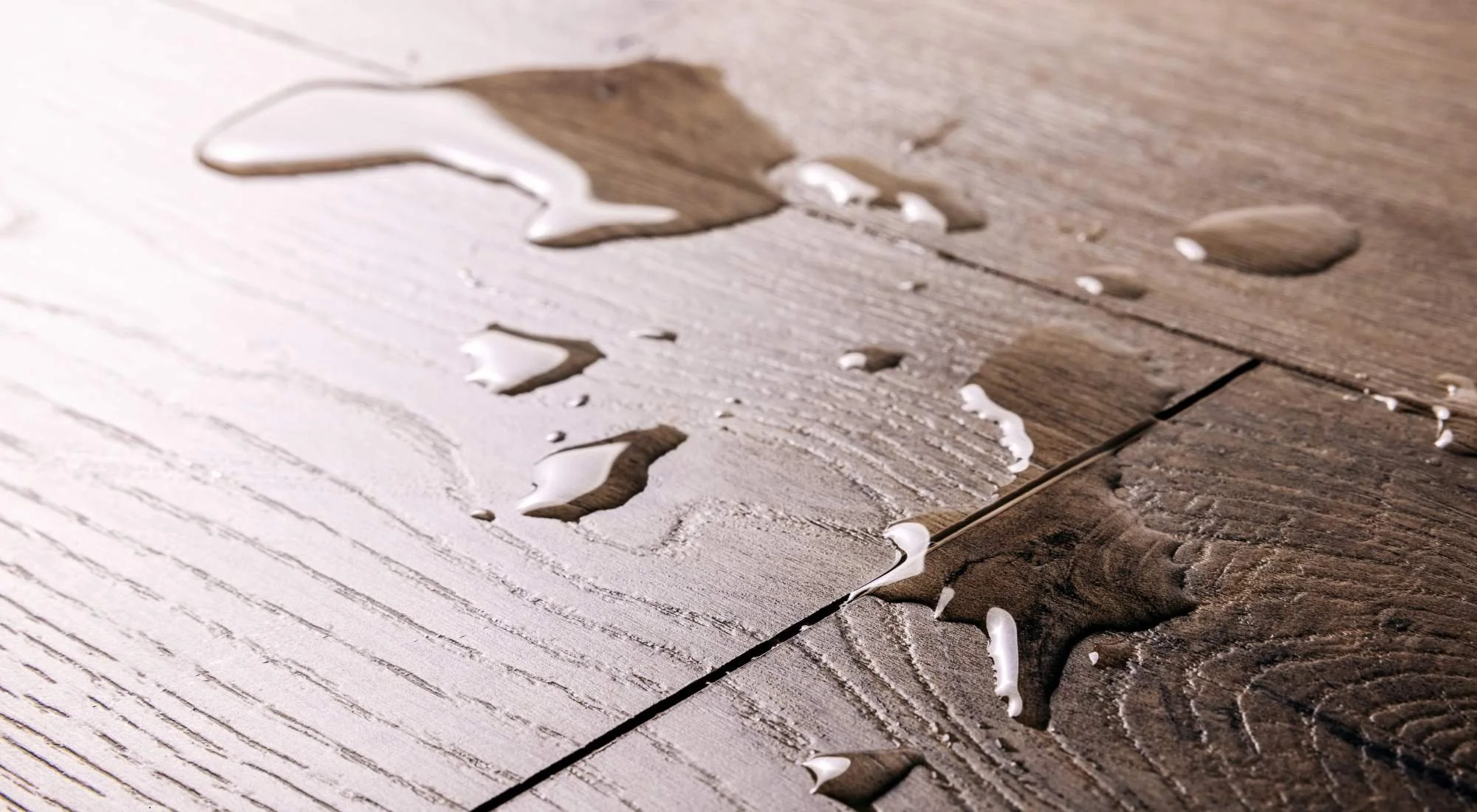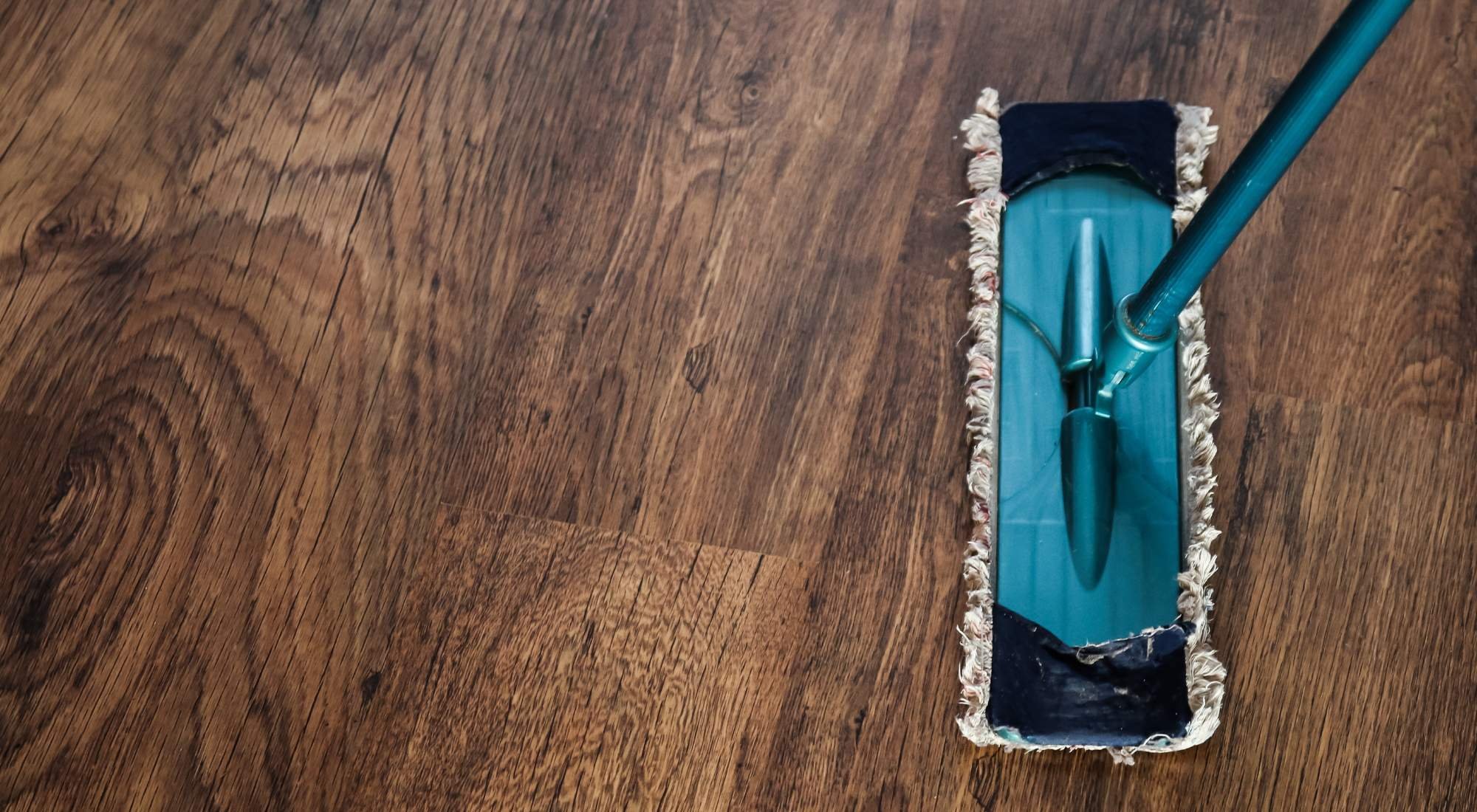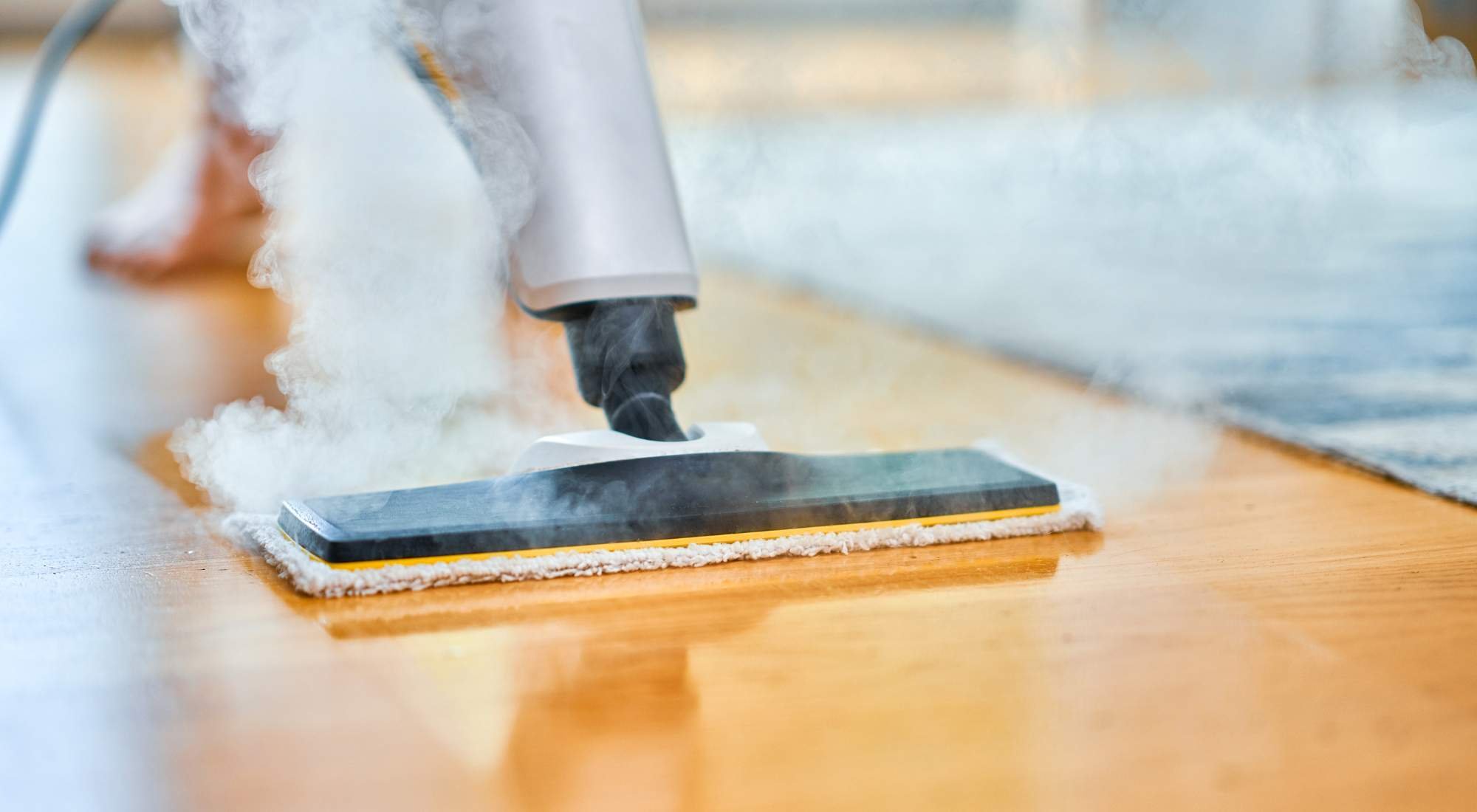Steam Dreams or Flood Nightmares? The Truth About Laminate Floors and Steam Cleaners
Steam cleaners are one of the most powerful eco-friendly tools against dirt and grime, so wouldn’t it be worth investing in one to clean your laminate floors?
Not so fast. That could be a failed investment on two counts — you might lose your flooring along with the usefulness of the steam cleaner. Steam cleaners are powerful enough to be damaging to your floors. This is one instance in which strength isn’t necessarily an advantage.
How will you clean your laminate, then? Take care to decide on the safest, most effective method; the years you add to the lifespan of your flooring will make it worth the effort.
Tidy Up Portland! warns against the risks of steam cleaning laminate and details the best ways to clean and maintain this type of flooring.
Understanding Laminate Floors
Laminate is a multilayer material designed to look like wood, tile, or stone. The layers, from bottom to top, include:
Fiberboard backbone to provide stability, strength, and some degree of moisture-resistance
Melamine-treated decorative paper containing a high-resolution image of natural materials
Clear membrane that protects the lower layers from stains, scratches, and discoloration
Laminate can be installed according to a click-lock system of interlocking planks to make a “floating floor” or with adhesive to make a more durable floor in high-traffic, moisture-prone areas.
Tidy Up Portland! is experienced with cleaning all types of floors. Contact us today to schedule our professional service.
Can You Use a Steam Cleaner on Laminate Floors?
Although some steam cleaners may be advertised as safe for laminate, cleaning experts and floor manufacturers recommend other cleaning methods instead. Maximize your laminate’s lifespan and aesthetic by substituting the intense heat and excessive moisture of steam cleaning with a more gentle approach.
5 Ways Steam Cleaning Can Damage Laminate Floors
#1: Heat Damage
The effective cleaning power of steam cleaners is derived from their ability to heat water to its boiling point (212°F) or even up to 375°F. Boiling water easily kills bacteria and loosens grime from the surface, but laminate is not cut out to withstand this much heat. Rather, laminate is intended to stay within the range of 65-85°F. High temperature can cause expansion of the laminate, causing it to crack, peel, or curl.
Besides this, the wear layer is particularly vulnerable to high temperatures. Steam heat can dull and weaken this layer, increasing its susceptibility to damage.
#2: Moisture Damage
Although laminate is capable of resisting minor spills — as long as they are quickly cleaned — it is not impervious to moisture. High-pressure steam can penetrate into the fiberboard core by way of the seams between planks, causing it to swell and become warped. This damage cannot be repaired.
#3: Lifting and Buckling
As more of the floor succumbs to moisture damage, the laminate layers may begin to separate, causing planks to buckle or bubble. This is both unsafe and unsightly, hardly the texture and aesthetic you’re going for when you purchase elegant, sleek laminate.
#4: Mold Growth
Although the top layer of laminate is non-porous, the core is not. If any moisture manages to get to this bottom layer (and that is very likely with a steam cleaner), it will not evaporate easily through a non-porous material. This creates a suitable environment for mold and bacterial growth, presenting avoidable hazards to the health and safety of your home.
#5: Weakened Adhesives
If your laminate was installed with adhesive, this is another consideration. As intense heat causes the laminate to expand and moisture causes it to swell, lift, and buckle, the adhesive may be stressed to the point of failure.
Be Aware of Manufacturer Warranty Risks
Manufacturer warranties cover damages related to the flooring product itself, such as manufacturer defects and failure to live up to stated performance claims, such as stain resistance. If damages are determined to be a result of product mishandling, either during installation or maintenance, then the warranty will be voided.
Be sure you are cleaning your laminate within the parameters outlined in the product manual. This usually means you must not expose your flooring to extreme temperatures or excess moisture.
What Is the Best Way To Clean Laminate Floors?
To keep your laminate flooring in the best shape for the longest amount of time, establish a routine of 1) cleaning with gentle tools and products, and 2) avoiding excess moisture and abrasiveness.
Promptly Clean Spills
The more time moisture sits on the floor, the more of it will seep in between planks to affect the lower layers of the laminate, causing the fiberboard to swell and the decorative layer to become distorted or washed out. Sopping up the spill and thoroughly drying the area as quickly as possible will minimize the possibility of moisture damage.
Sweep or Vacuum Regularly
Sweep at least weekly with a soft dust mop to avoid scratches from bristly brooms. Keeping dirt and dust to a minimum will help prevent their abrasion against the surface, which can also lead to tiny scratches and thus a more dull-looking floor.
If you are using a vacuum to remove dirt from your laminate, do not use the beater bar or roller brush, as these have bristles that can scratch the floor.
Mop Gently
No scrubbing with a bristle brush to remove hard-set spots or slopping around a string mop dripping with water to loosen dirt. Instead, follow the following tips to be gentle on your floor:
Use a microfiber cloth or other soft mop: Microfiber’s unique composition and structure make it very effective at binding dirt.
Use a damp mop: Any more moisture will be able to seep in between planks.
Choose natural ingredients (such as vinegar and water) or a laminate-safe cleaner as your solvent.
Avoid puddles: Any moisture left behind should be able to evaporate within minutes.
Spot Cleaning Tough Stains
The approach you take to removing a stain will depend on what type of material/substance it is:
Scuff marks: Use a high-quality, soft, white pencil eraser to erase the marks.
Blood: Since blood sets quickly, soak it up as fast as possible. Avoid wiping, as this will spread the stain. Once you’ve soaked up as much as possible, spray window cleaner onto the stained area and continue soaking with minimal wiping motion.
Coffee and wine: Soak up the substance and lightly spray a cleaning solution onto the stain before wiping it off.
Crayon: Use your fingernails or something like a thin, plastic card to scrape it off. Then buff with a soft cloth lightly moistened with vodka or nail polish remover.
Paint: Soak up all excess paint before applying a cleaning solution to remove more, followed by nail polish remover to help remove any residual paint.
Fats and oils: Use ice or frozen peas to chill the area and cause the oil to thicken or solidify. Then scrape it off with a plastic or wooden utensil before gently washing the area with a damp cloth and window cleaner.
Allow To Dry Completely
Avoid leaving standing water on your laminate flooring. Otherwise, you risk mold and bacterial growth as well as moisture damage. If you have mopped properly with damp rather than sopping materials, it shouldn’t take long for the small amount of moisture left behind to evaporate.
Alternatives to Steam Cleaners
To avoid permanent damage to your laminate floors, use a soft microfiber mop or a wet vacuum/mop that doesn’t use hot steam. These tools leave only small amounts of moisture, so there’s no need to wring your mop. If the water doesn’t fully dry in a few minutes, use a microfiber towel to soak up the moisture.
While plain hot water can do the trick, for more cleaning power you can use a floor cleaning solution specialized for laminate (such as Black Diamond Stoneworks Wood and Laminate Floor Cleaner) or make your own using a small amount of vinegar with warm water and a few drops of dish soap.
Helpful Tips To Protect Laminate Floors
If you are proactive about protecting your laminate floors, follow these tips to stay one step ahead of threats to your floor’s integrity:
Put furniture pads under heavy furniture to prevent gouges, dents, and scratches.
When you relocate furniture, lift instead of dragging.
Put houseplants in saucers to prevent moisture damage around the pots.
Plain hot water is a powerful tool against grime buildup, but small amounts are sufficient.
Place a rug or mat in high-traffic areas.
Close your blinds during periods of bright sunlight to prevent discoloration of your laminate.
To keep build-up and stains from accumulating on your laminate floors, hire the professional cleaners at Tidy Up Portland!. We’ll do our part to keep your laminate healthy and attractive.
No Steam? No Stress — Let Tidy Up Portland! Help With All of Your Cleaning Needs
Now that you understand the drawbacks of using a steam cleaner on laminate floors, consider hiring Tidy Up Portland! to clean your home in the way most conducive to its longevity. Whether your floors are laminate, vinyl, or hardwood, we have the expertise necessary to thoroughly clean each material with respect to its unique characteristics.
Choose from one of our special cleaning packages. We offer regular maintenance as well as deep cleaning services to suit your needs. Our flexible online scheduling, eco-friendly commitment, and professional yet personal care are just some of the reasons you might consider Tidy Up Portland! as your go-to for house cleaning.



